
The Narwhal’s in-depth environmental reporting earns 11 national award nominations
From disappearing ice roads to reappearing buffalo, our stories explained the wonder and challenges of...
Get the inside scoop on The Narwhal’s environment and climate reporting by signing up for our free newsletter.
About a year before the catastrophic floods that struck B.C. in November 2021, Murray Ned told me about Semá:th Xhotsa, or Sumas Lake. It was drained exactly a century ago, in 1924, to be converted to agricultural land in what’s now known as the Fraser Valley. Semá:th Xhotsa once mitigated flooding by absorbing freshet, or heavy rains and snowmelt, from the Fraser River.
I live an hour away and had never heard of it before. But in the years since, the lake has remained on the minds of the people of Semá:th (Sumas) First Nation, including Ned. The lake was the people’s “livelihood,” he said. It had supported salmon, wolves and elk, and that was all gone.
Then an atmospheric river rolled in on Nov. 13, 2021, bringing record-breaking rainfall and destructive flooding across the province, particularly the Fraser Valley. Suddenly the erased lake surged into wider consciousness.
Five people died in the 2021 floods, which also left 10 more hospitalized and killed over 670,000 livestock. As Fraser Valley communities still struggle to recover from the damage, extreme weather events are becoming more frequent and more severe. On this week’s anniversary, I was left with a question: are we any more ready for the next disaster?
In response to the 2021 floods, Semá:th First Nation, Leq’a-mel First Nation, Máthxwi First Nation, the cities of Abbotsford and Chilliwack and the province signed a collaborative framework for flood mitigation in the Sumas River Watershed. But 18 months after signing the framework, the plan is still unfinished. The federal government has not signed onto the framework.
Ned, executive director of the Lower Fraser Fisheries Alliance and an advisor to Semá:th First Nation, says that while collaboration is improving between the governments, differences remain.
“It’s always about the environment on our end. And of course the city wants protection and bigger infrastructure … so it’s finding that delicate sweet spot for balance between the parties,” he says.
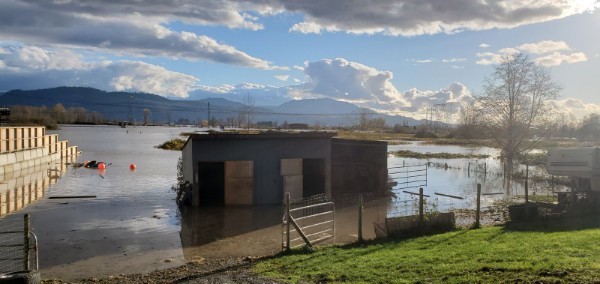
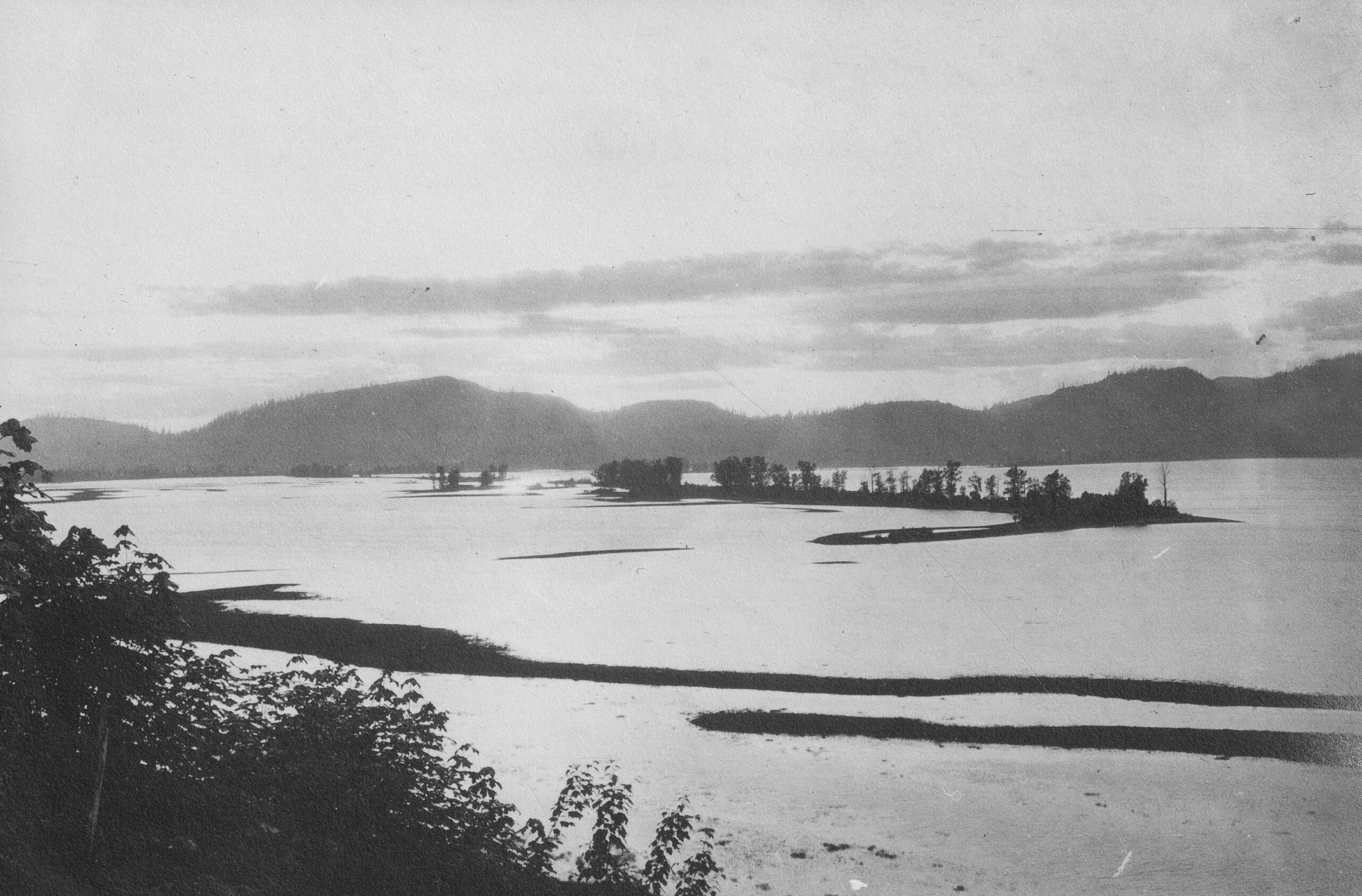
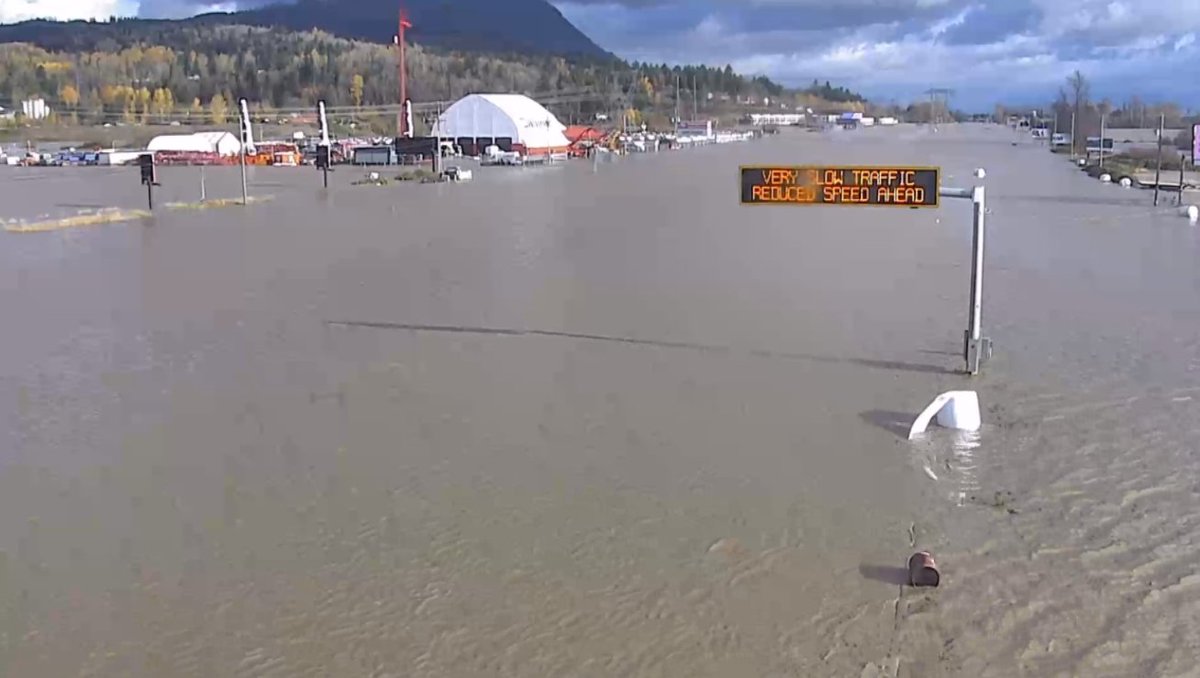
But climate change doesn’t wait. A Category 4 atmospheric river — the second-strongest classification, just below the Category 5 that struck in 2021 — hit the Lower Mainland this October, leaving five people dead.
October’s atmospheric river was “a subtle warning that this could happen again,” Ned says. It’s just that there are so many other urgent issues competing for the attention of community leaders.
“It’s life as usual and then you have to wait till the next event before it really resonates with people again,” he adds.
Since 2021, more people are aware of the history of the lake being drained at the expense of Semá:th First Nation and the ecosystem, according to Ned. The floods also opened the sensitive topic of managed retreat. While the city is focused on adding and enhancing concrete infrastructure that can withstand heavy river flows, the First Nation wants to explore the possibility of reflooding a portion of Sumas Lake, as a mode of natural infrastructure to mitigate flooding, retain water during droughts and support wildlife.
Semá:th First Nation and University of British Columbia researchers published a report this year that explores the plausibility of this plan. Many are still wary of the idea, including the City of Abbotsford. As Semá:th once relied on the lake for food, people now rely on that farmland. It’s not something that could happen tomorrow, but Semá:th leadership wants the option on the table.
In June, Semá:th Chief Dalton Silver told me their idea “is not to kick people out of their home.” They are envisioning a long-term process where people would be willing sellers.
“Some people find it a lot easier to throw their support around the idea of some built infrastructure versus letting the water come in,” he said. “It’s not our way as Semá:th people to be fighting nature.”
Change feels risky, but the costs of the status quo are high as well. The 2021 flood was the most expensive disaster in the province’s history. The CBC reported Ottawa has directed 40 per cent of its $3.4 billion federal disaster aid to B.C. for flood recovery to date. Disaster assistance claims are on the rise across Canada, and people are waiting seven years on average for full aid to reach their communities. Insured losses from the 2021 event reached $675 million. And those are just the monetary costs of a single event. The extreme heat dome in 2021 took 619 human lives and billions of sea creatures — losses that can’t be quantified in dollars.
Despite the catastrophic impacts, some critics don’t see enough urgency in government response. Watershed Watch Salmon Society expressed disappointment with B.C.’s budget this year, which included only $234 million for mitigation and drought resilience. B.C. still hasn’t allocated specific funds to implement its flood strategy.
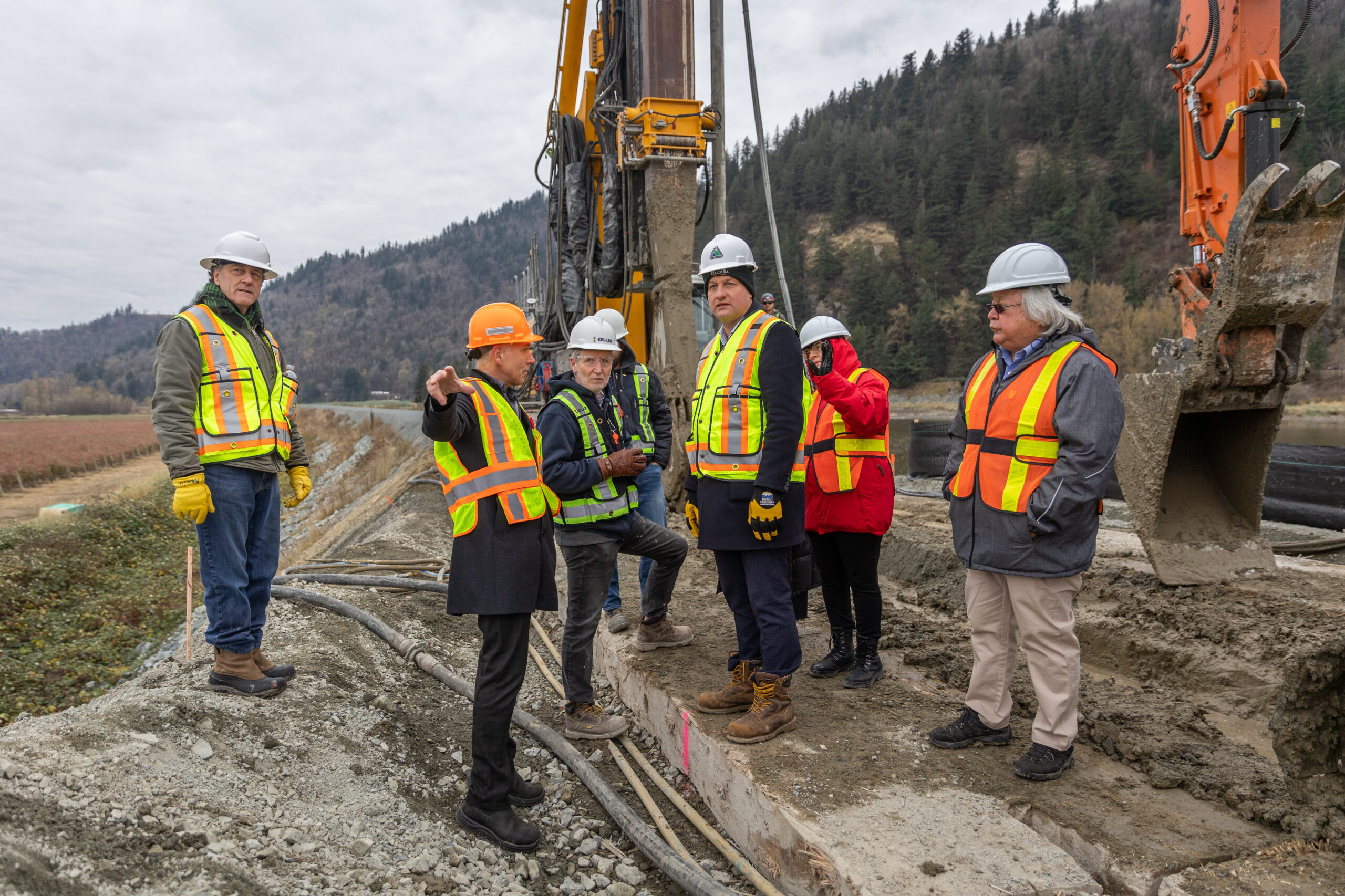
Some municipalities hit hard by the 2021 floods have decried the inadequacy of federal support. Abbotsford’s mayor, Ross Siemens, said the federal government’s decision to decline the city’s application to the Disaster Mitigation and Adaptation Fund this year was “devastating.” He said repairing from the 2021 floods is still part of the city’s daily work.
“My commitment to securing the flood mitigation funding we need remains as strong as ever,” he said in a statement to The Narwhal.
Flooding has always happened in the Fraser delta. Storms, atmospheric rivers, freshet — they’re all part of this landscape. But intense spring thaws, storm surges and periods of drought are being exacerbated by climate change.
Still, there’s possibility and beauty in finding new ways of doing things, Ned says. Existing flood infrastructure blocks fish migration, and he sees an opportunity for fish-friendly infrastructure that “empowers fish to be resilient.”
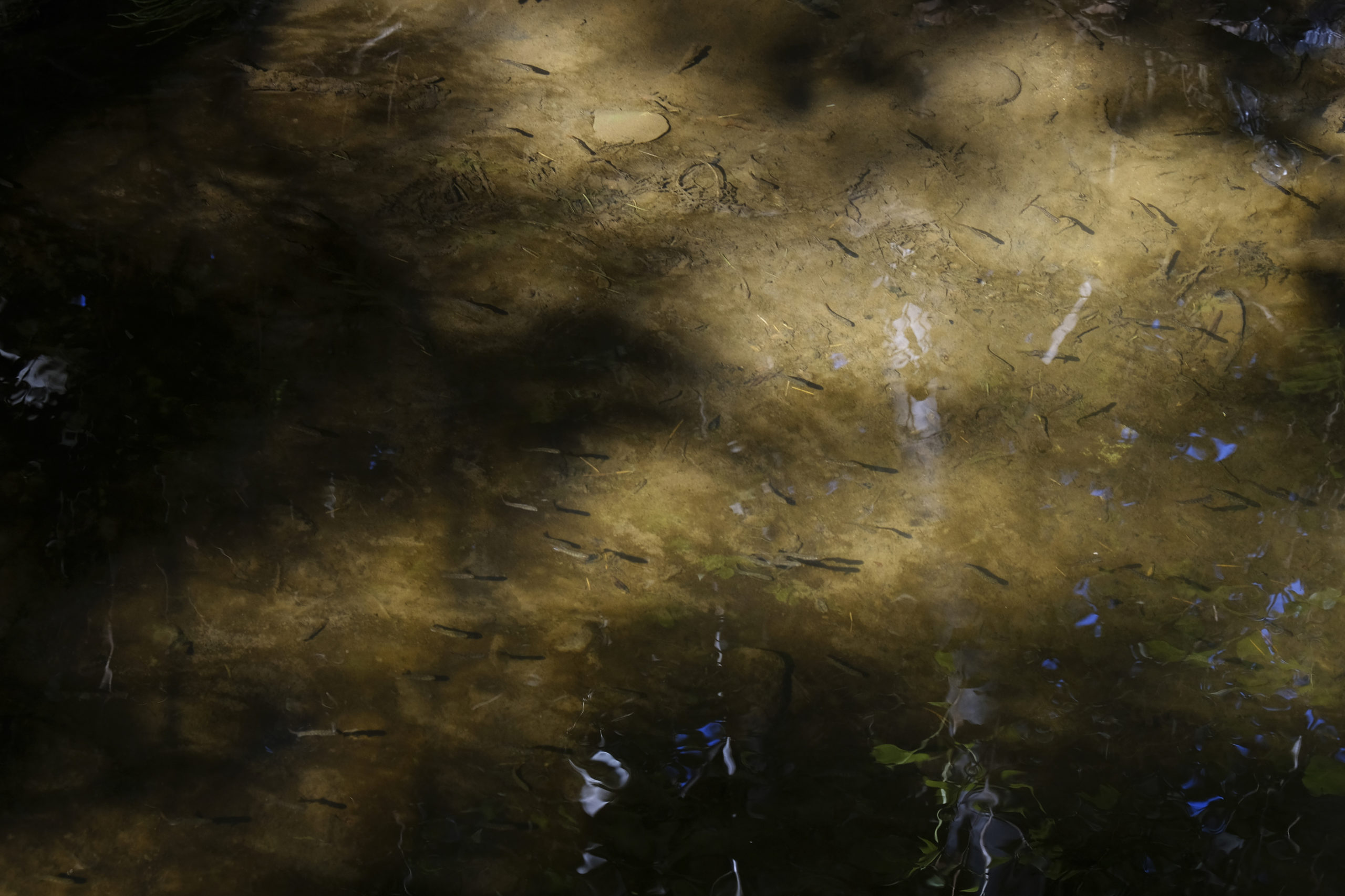
He acknowledges the damage and devastation of the flood, but the lake’s draining was devastating to his ancestors, who fought against it. Seeing the lake back in the territory, just for a moment, “was pretty amazing,” he says.
“I don’t think we should discount that opportunity of seeing the vastness, the greatness of the lake — not just the horrible situations that occurred with the livestock that the farmers have had to endure,” he says.
“We haven’t had a chance to tell our side of the story of what the lake meant to us, and the ability to bring our ancestors into this … and having a place for our nations to be able to tell the story. And it’ll live on forever after that.”
Ned wants to see communities “harmonize” with water, not fight it. The way he sees it, we have no other choice. Mother Nature will have her way.
Get the inside scoop on The Narwhal’s environment and climate reporting by signing up for our free newsletter. On a warm September evening nearly 15...
Continue reading
From disappearing ice roads to reappearing buffalo, our stories explained the wonder and challenges of...

Sitting at the crossroads of journalism and code, we’ve found our perfect match: someone who...

The Protecting Ontario by Unleashing Our Economy Act exempts industry from provincial regulations — putting...
